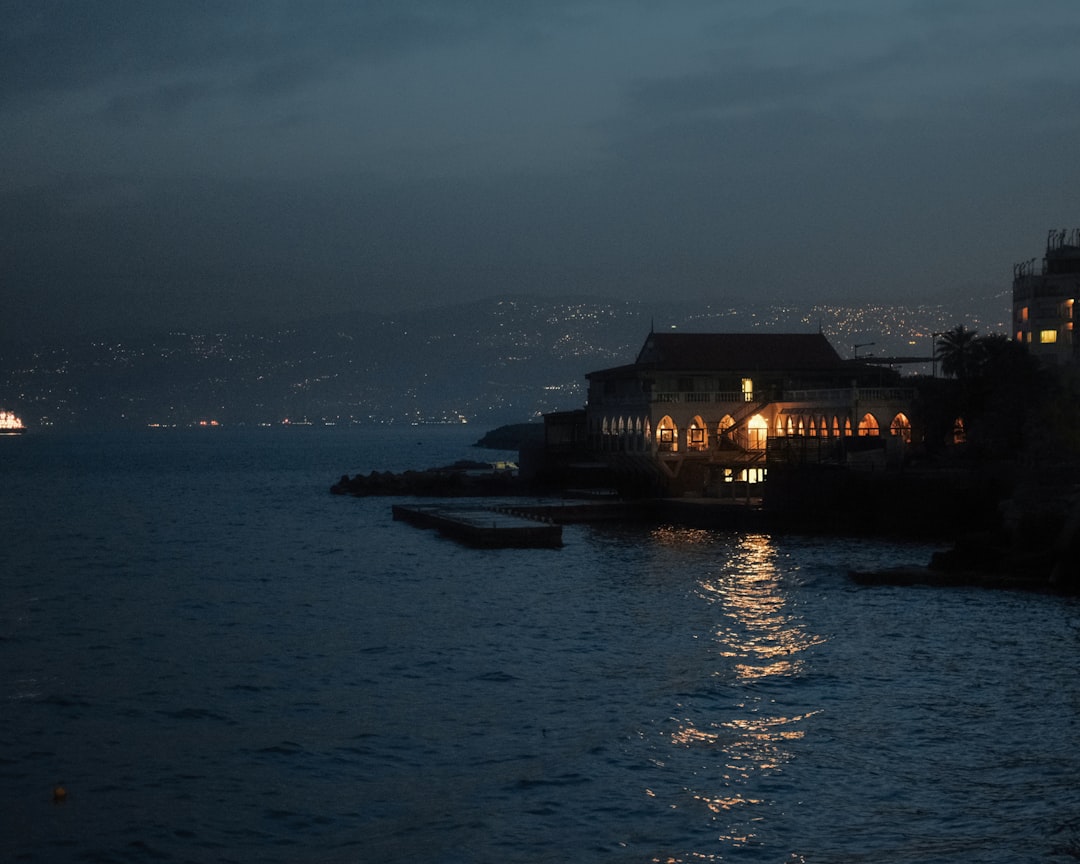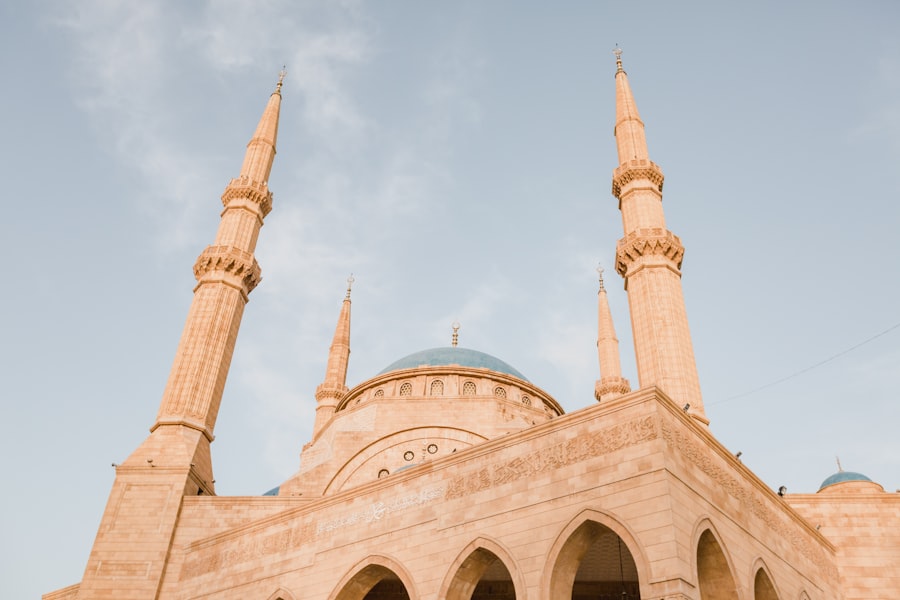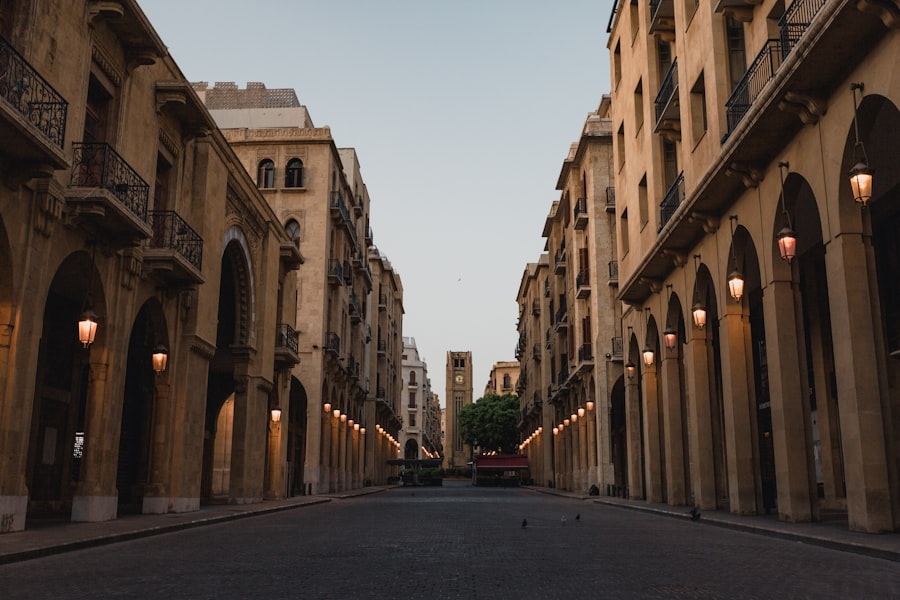
Lebanon, a small yet captivating country located on the eastern shore of the Mediterranean Sea, is often described as a land of contrasts. With its rich tapestry of history, culture, and natural beauty, Lebanon has long been a crossroads of civilizations. Bordered by Syria to the north and east and Israel to the south, this nation boasts a diverse population that includes various religious and ethnic groups, primarily Christians and Muslims.
The capital city, Beirut, is known for its vibrant nightlife, historical significance, and as a hub of commerce and culture in the region. Despite its relatively small size—approximately 10,452 square kilometers—Lebanon’s geographical diversity is remarkable. The country features a stunning coastline, majestic mountains, and fertile valleys.
This varied landscape not only contributes to Lebanon’s natural beauty but also influences its climate, agriculture, and lifestyle. The Mediterranean climate allows for a rich agricultural sector, producing olives, grapes, and citrus fruits, while the mountainous regions are home to ski resorts and hiking trails that attract both locals and tourists alike. Lebanon’s unique blend of ancient history and modernity makes it an intriguing destination for travelers seeking to explore its multifaceted identity.
Key Takeaways
- Lebanon is a small country in the Middle East known for its rich history, diverse culture, and stunning natural landscapes.
- The country has a long and complex history, with influences from various civilizations including Phoenician, Roman, and Ottoman.
- Must-visit places in Lebanon include the vibrant capital city of Beirut, the ancient city of Byblos, and the stunning Jeita Grotto.
- Lebanon is home to natural wonders such as the Cedars of God, the Qadisha Valley, and the beautiful beaches along the Mediterranean coast.
- Famous sights and landmarks in Lebanon include the iconic Raouche Rocks, the historic Baalbek ruins, and the picturesque town of Harissa.
- When traveling to Lebanon, it’s important to respect local customs, dress modestly, and be mindful of the current political situation.
Historical and Cultural Facts about Lebanon
Lebanon’s history is as complex as its geography, with roots that stretch back thousands of years. The region has been inhabited since prehistoric times and has seen the rise and fall of numerous civilizations, including the Phoenicians, Romans, Byzantines, and Ottomans. The Phoenicians, in particular, are credited with developing one of the earliest alphabets and establishing trade networks that spanned the Mediterranean.
Their legacy can still be felt today in Lebanon’s cultural practices and linguistic heritage. The cultural fabric of Lebanon is woven from various threads, reflecting its diverse population. The coexistence of different religious communities has shaped the country’s social dynamics and cultural expressions.
Festivals celebrating religious traditions are common, with events such as Eid al-Fitr for Muslims and Christmas for Christians drawing large crowds. Additionally, Lebanon is renowned for its contributions to art, literature, and music. The works of poets like Khalil Gibran have gained international acclaim, while Lebanese musicians have played a pivotal role in shaping contemporary Arabic music.
This rich cultural heritage is evident in the country’s architecture, cuisine, and daily life.
Must-Visit Places in Lebanon

When exploring Lebanon, several must-visit places stand out for their historical significance and cultural richness. One such location is Byblos, one of the oldest continuously inhabited cities in the world. This UNESCO World Heritage site boasts ancient ruins that date back to the Phoenician era, including a well-preserved Crusader castle and Roman temples.
The charming old souk (market) offers visitors a glimpse into traditional Lebanese life, with shops selling handicrafts, spices, and local delicacies. Another essential destination is Baalbek, home to some of the most impressive Roman ruins outside of Italy. The Temple of Bacchus and the Temple of Jupiter are architectural marvels that showcase the grandeur of Roman engineering.
These ancient structures are not only significant for their historical value but also for their breathtaking beauty, drawing visitors from around the globe. The annual Baalbek International Festival further highlights the city’s cultural importance by featuring performances from renowned artists in a stunning historical setting.
Natural Wonders and Landmarks in Lebanon
| Landmark | Location | Description |
|---|---|---|
| Jeita Grotto | Jeita | An interconnected system of two limestone caves with stalactites and stalagmites. |
| Baatara Gorge Waterfall | Tannourine | A triple-tiered waterfall dropping into a cave of Jurassic limestone. |
| Cedars of God | Bsharri | A grove of ancient cedar trees, some over 1,000 years old, and a UNESCO World Heritage Site. |
| Raouche Rocks | Beirut | A natural landmark consisting of two huge rock formations jutting out into the Mediterranean Sea. |
Lebanon’s natural landscape is as diverse as its cultural heritage, offering a plethora of outdoor activities for nature enthusiasts. The Qadisha Valley, a UNESCO World Heritage site, is renowned for its dramatic cliffs and ancient monasteries carved into the rock face.
The breathtaking scenery combined with the tranquility of the area makes it an ideal spot for reflection and exploration. The Cedars of God, another UNESCO World Heritage site located in the Bsharri region, is famous for its ancient cedar trees that have stood for thousands of years. These majestic trees are emblematic of Lebanon’s natural beauty and have been celebrated in literature and art throughout history.
Visitors can hike through the cedar forests or enjoy skiing in the nearby mountains during winter months. The combination of natural wonders and outdoor activities makes Lebanon an attractive destination for those seeking adventure amidst stunning landscapes.
Famous Sights and Landmarks in Lebanon
In addition to its historical sites and natural wonders, Lebanon is home to several famous landmarks that reflect its rich heritage. The National Museum of Beirut is a treasure trove of artifacts that narrate Lebanon’s history from prehistoric times through the Ottoman period. With over 100,000 items on display, including sculptures, pottery, and jewelry, the museum provides invaluable insights into the country’s past.
The Pigeon Rocks in Raouche are another iconic sight that draws both locals and tourists alike. These natural rock formations rise dramatically from the sea and are best viewed at sunset when they are bathed in golden light. The surrounding area features lively cafes and restaurants where visitors can enjoy a meal while taking in the stunning coastal views.
This blend of natural beauty and urban vibrancy encapsulates the essence of Lebanon’s charm.
Tips for Traveling to Lebanon

Traveling to Lebanon can be an enriching experience if approached with an understanding of local customs and practical considerations. First and foremost, it is advisable to familiarize oneself with the cultural norms of the country. Lebanon is known for its hospitality; however, being respectful of local traditions is essential.
Dress modestly when visiting religious sites and be mindful of local customs during religious holidays. Transportation within Lebanon can vary significantly depending on where you are traveling. While major cities like Beirut have modern public transportation options such as buses and taxis, rural areas may require more planning.
Renting a car can provide greater flexibility to explore remote regions at your own pace. Additionally, it’s wise to stay informed about current events and travel advisories due to the region’s complex political landscape. When it comes to cuisine, Lebanese food is celebrated worldwide for its flavors and variety.
Engaging with locals can enhance your experience; many are eager to share stories about their culture and history. In conclusion, Lebanon offers a unique blend of history, culture, natural beauty, and culinary delights that make it a compelling destination for travelers seeking an authentic experience.
Whether exploring ancient ruins or enjoying the vibrant atmosphere of Beirut’s streets, visitors will find that Lebanon’s charm lies in its rich heritage and warm hospitality.
If you’re interested in exploring more about various countries and their unique attractions, you might find the article on “Bangladesh Facts and Places to Visit” quite enlightening. Similar to the diverse cultural and historical insights provided in the Lebanon article, this piece offers a deep dive into Bangladesh’s rich heritage, natural beauty, and significant landmarks. To learn more about what Bangladesh has to offer, you can read the full article here.
FAQs
What are some interesting facts about Lebanon?
– Lebanon is the only country in the Arab world that does not have a desert.
– The country is known for its cedar trees, which are a symbol of Lebanon and appear on the national flag.
– Lebanon is home to the oldest continuously inhabited city in the world, Byblos, which dates back to around 5000 BC.
– The Lebanese cuisine is known for its delicious and diverse flavors, influenced by various cultures and traditions.
What are some popular places to visit in Lebanon?
– Beirut, the capital city, is a vibrant and cosmopolitan destination with a rich history and lively nightlife.
– The ancient city of Baalbek is famous for its impressive Roman ruins, including the Temple of Bacchus and the Temple of Jupiter.
– The picturesque town of Byblos offers a charming old harbor, ancient ruins, and a vibrant arts and culture scene.
– The Cedars of God, located in the mountains of Lebanon, is a UNESCO World Heritage site and home to some of the oldest cedar trees in the country.
What are some must-see sights in Lebanon?
– The Jeita Grotto, a system of interconnected limestone caves, is a natural wonder with stunning stalactites and stalagmites.
– The Pigeon Rocks in Raouche, Beirut, are iconic natural rock formations that jut out of the Mediterranean Sea and are a popular spot for sunset views.
– The Beiteddine Palace, a 19th-century palace located in the Chouf Mountains, is a masterpiece of Lebanese architecture and design.
– The National Museum of Beirut houses a vast collection of archaeological artifacts, including Phoenician, Roman, and Byzantine artifacts.



